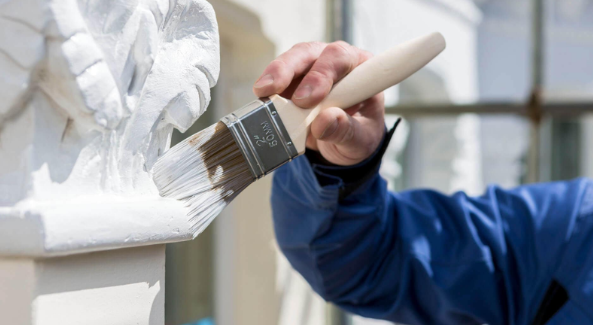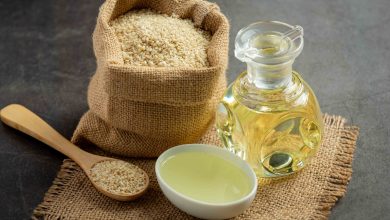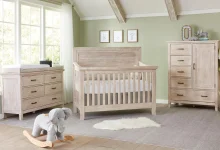Brushing Up on Quality: A Comprehensive Guide to Exterior and New Build Painting

Painting is an essential aspect of home maintenance and enhancement. Whether you’re refreshing an older structure or adding the finishing touches to a new build, quality painting can significantly impact your property’s aesthetics and longevity. This guide will delve into the nuances of exterior painting and new build painting, offering insights into techniques, materials, and best practices for achieving the best results.
Understanding Exterior Painting
Exterior painting involves applying paint to the outside of a structure. This process not only enhances curb appeal but also protects your home from the elements. Factors such as weather, sunlight, and environmental pollutants can all affect the durability of exterior paint, making quality application critical.
Selecting the Right Paint
When it comes to exterior painting, the first step is selecting the right type of paint. Look for paints specifically formulated for outdoor use. These typically feature:
- UV Resistance: Protects against fading caused by sunlight.
- Mildew Resistance: Helps prevent mold growth in humid climates.
- Durability: Offers a tough finish that can withstand harsh weather conditions.
Preparation is Key
Before applying paint, proper preparation is essential. This involves:
- Cleaning the Surface: Remove dirt, grime, and old paint. Pressure washing can be an effective method.
- Repairing Damages: Fill in cracks and holes with suitable fillers to ensure a smooth surface.
- Priming: Use a primer to promote better adhesion of the paint, especially on porous or previously painted surfaces.
Techniques for Application
The application method can greatly influence the outcome of your exterior painting project. Common techniques include:
- Brush: Ideal for detailed work and edges, ensuring a thorough application.
- Roller: Suitable for larger surfaces, providing a quick and even coat.
- Spray: Offers the fastest application but requires careful masking of surrounding areas.
New Build Painting: A Unique Approach
New build painting involves painting newly constructed homes or buildings, often requiring a different strategy than repainting existing structures. In new builds, the focus is on delivering a flawless finish that reflects modern standards and client expectations.
Timing is Everything
Timing plays a crucial role in new build painting. It’s essential to wait until the construction process is sufficiently advanced. Ideally, painting should occur after the interior finishes, such as drywall and flooring, are complete, to avoid damage during construction.
Choosing the Right Products
For new builds, selecting high-quality paints is paramount. Look for options that offer:
- Low VOC Levels: Volatile Organic Compounds can affect indoor air quality, so low-VOC paints are preferable.
- Washable Finishes: New homes often require finishes that can withstand frequent cleaning, especially in high-traffic areas.
Preparing the New Space
Like exterior painting, preparation for new build painting is critical. Steps include:
- Drywall Inspection: Ensure all drywall is properly hung, taped, and sanded.
- Masking: Protect windows, doors, and floors to prevent paint splatter.
- Priming New Surfaces: New drywall, in particular, requires a primer to seal the surface and create a uniform canvas.
Best Practices for Quality Results
To achieve the best results in both exterior and new build painting, consider the following best practices:
Weather Considerations
Always check the weather before starting a painting project. Ideally, painting should be done on dry days with moderate temperatures. Avoid extreme heat or cold, as these conditions can adversely affect the drying process and paint adhesion.
Consistency in Application
Ensure consistent application for a uniform finish. This means maintaining the same technique and thickness throughout the job. It’s often beneficial to keep a wet edge while painting to avoid lap marks.
Regular Maintenance
After your painting project is complete, regular maintenance is vital. This includes periodic cleaning and touch-ups to prevent premature wear and tear. For exterior painting, check for signs of peeling or fading and address them promptly to maintain your home’s appearance.
Conclusion
Whether you’re embarking on an exterior painting project to refresh your home’s appearance or tackling the intricate process of new build painting, understanding the nuances involved can lead to successful outcomes. Prioritizing quality materials, proper preparation, and best practices will ensure your painting project stands the test of time. By investing in your property with thoughtful painting choices, you enhance its beauty and protect your investment for years to come.








